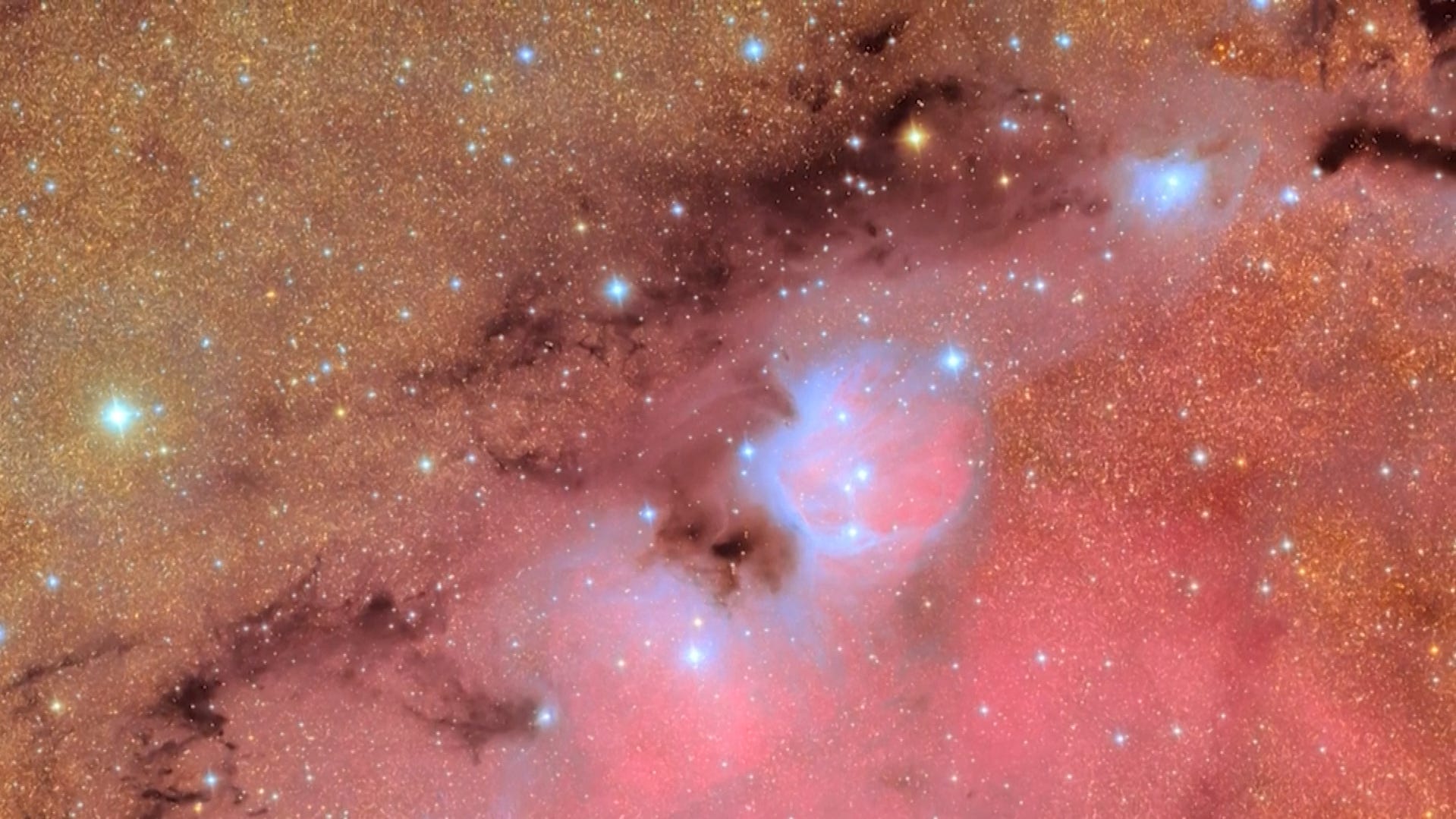Get a first look of 1st cosmic images from Vera C. Rubin Observatory: Watch live
The first spectacular images the Vera C. Rubin Observatory's telescope has captured will be released June 23, 2025.

- National Science Foundation and Department of Energy will host a full reveal event streaming on the agency's YouTube channel. Live watch parties are also taking place all over the world.
- Named for famous astronomer Vera Rubin, the observatory is perched on a mountain in northern Chile in the foothills of the Andes.
- For the next 10 years, the Vera C. Rubin Observatory will observe and collect data on the southern night sky like never before.
Stargazers are about to get a glimpse of the universe like never before when the new Vera C. Rubin Observatory unveils its first images.
The powerful observatory under construction for years in Chile is set to spend the next decade exploring the mysteries of the cosmos in unprecedented detail. And on Monday, June 23, the operators of the groundbreaking telescope are going to release images to the public showing just exactly what the instrument can do.
The National Science Foundation, which jointly funds and operates the observatory with the Department of Energy’s Office of Science, has so far only released a handful of images and a brief video of the telescope in action.
More images and video are on the way, all showcasing what the largest camera ever built has captured within just hours of beginning its observations.
Here's what to know about the Vera C. Rubin Observatory, and how to watch live as the first images it captured are released to the public.
What is the Vera C. Rubin Observatory?
Named for famous astronomer Vera Rubin, the observatory is perched on a mountain in northern Chile in the foothills of the Andes. Astronomers say the location is both high and dry enough to provide clear skies for observing the universe.
For the next 10 years, the Vera C. Rubin Observatory will observe and collect data on the southern night sky in our Milky Way and beyond. By recording the entire sky once every few nights, the observatory will eventually create a time-lapse record serving as "the largest astronomical movie of all time," according to its website.
Plenty of cosmic wonders are expected to be revealed by the telescope, including thousands of previously unseen asteroids and millions of distant stars and galaxies.
"With Rubin data we will gain a better understanding of our Universe, delve into the mysteries of dark energy and dark matter, and reveal answers to questions we have yet to imagine," the website states.
How to see 1st images from telescope in Chile: Watch live
The first spectacular images the Vera C. Rubin Observatory has captured are expected to be released during a public event beginning at 11 a.m. ET Monday, June 23, 2025.
The National Science Foundation and Department of Energy will host a full reveal event streaming on the agency's YouTube channel. Live watch parties are also taking place all over the world.
Eric Lagatta is the Space Connect reporter for the Paste BN Network. Reach him at elagatta@gannett.com